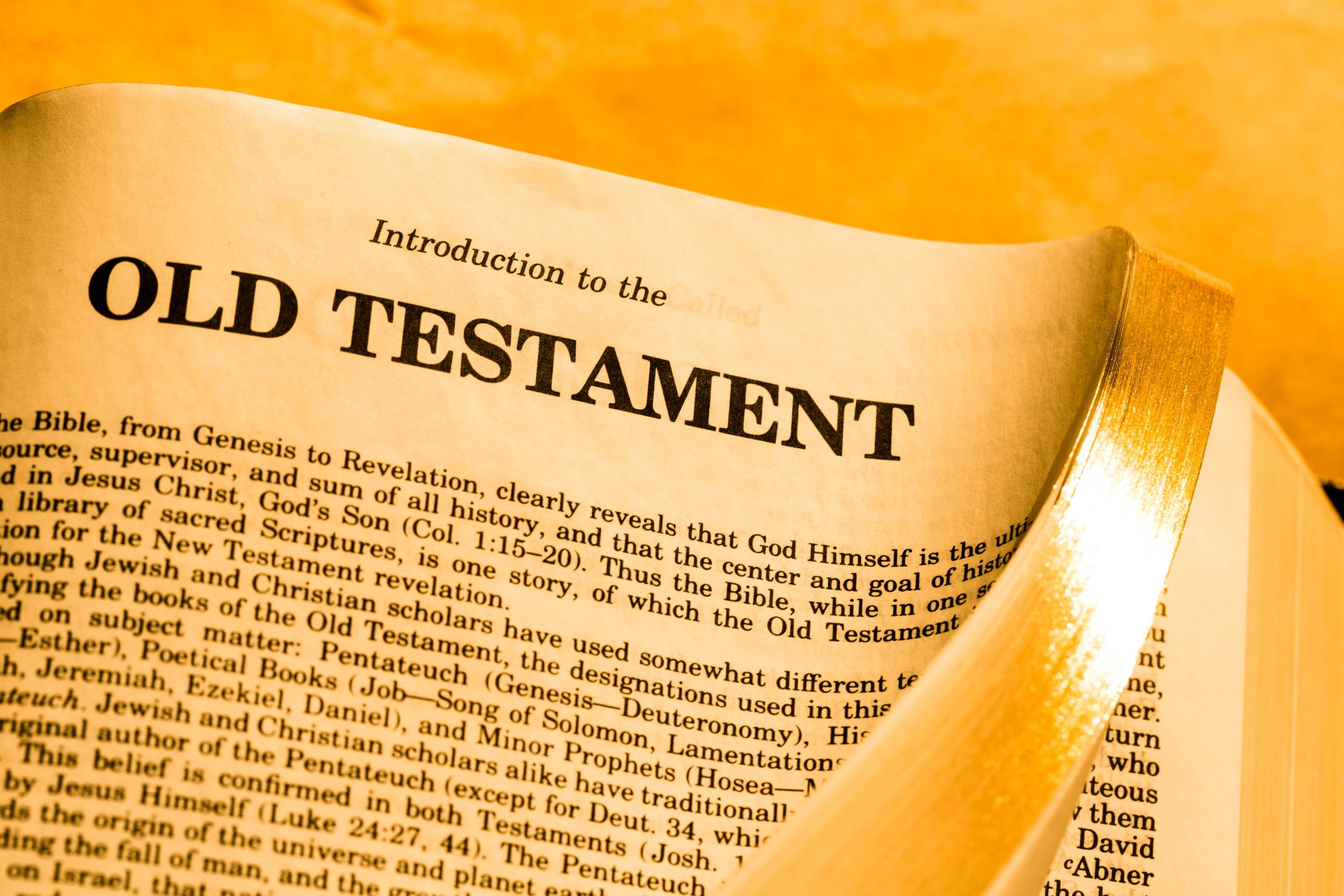Did the “giants” in Genesis live after the flood?

“There were giants in the earth in those days; and also after that, when the sons of God came in unto the daughters of men, and they bare children to them, the same became mighty men which were of old, men of renown.” Genesis 6:4
The words “in those days” of Genesis 6:4 refer back to the beginning of the chapter (verses one and two). That is, in the days when the sons of God (angels) took wives of the daughters of men. We believe the expression “and also after that” means in the following centuries that lapsed between the time the angels began this activity until the Flood that removed the children of these unions.
Genesis 5:2 to 6:9 was the record of Noah. So what did Noah mean when he penned those words in verse four? We believe he was not looking down into the future almost 900 years later to refer to the sons of Anak in Canaan.
He merely meant that when this process of angelic visitations began, and for centuries following (but not after the Flood), the “nephilim” (sometimes referred to as “giants”) had a strong influence in the world. Moses, who penned that very ancient record, had in mind the centuries that preceded the Flood. His account refers to the very lengthy pre-Flood period after the angels joined with the daughters of men.
We know positively from the Scriptures that the Flood wiped out all human life on earth. “Only Noah was left, and those with him in the ark.” (Genesis 7:23) The only people on earth after the Flood were Noah, his wife, his three sons and their three wives (eight people). This is confirmed in the New Testament in both Matthew 24:39 (the Flood “took them all away”) and Luke 17:27 (the Flood came “and destroyed them all”).
It was from Noah’s three sons and their wives that the earth was to be repopulated.
Therefore, there could be no descendants of the “nephilim,” since none were left on earth. Only their name and reputation survived as is noted by the faithless spies’ statement in Numbers 13:33 when they said they saw nephilim.
Bible commentators have noted that these spies deliberately intended to evoke fear in the Israelites by saying that the Anakites, who were large in stature (giants) and from whom Goliath was later to come, were descendants of the nephilim. Their account was an exaggeration and a distortion of their observation.
What did Noah mean when he said, “and also after that”? We believe he referred to the centuries that lapsed between the time the sons of God (the fallen angels) began to marry the daughters of men until the Flood removed the children of their illicit unions.
To learn more about Noah listen to our series, “What Can We Learn From Noah?”






